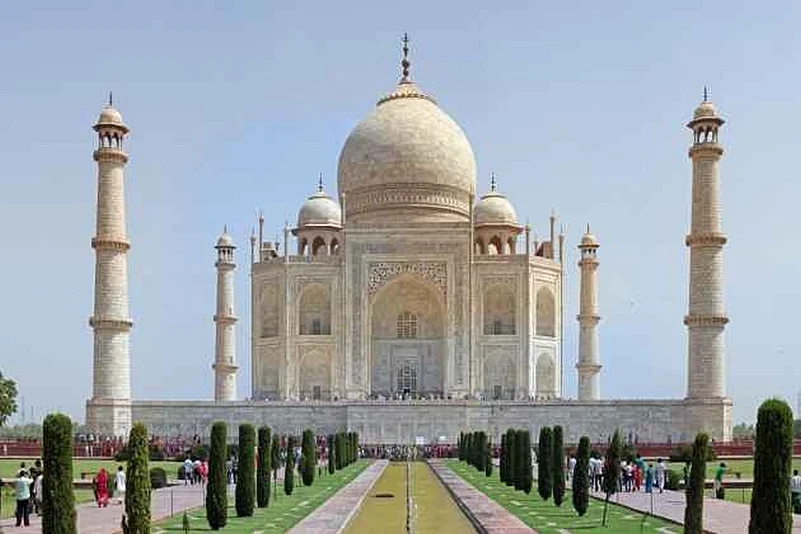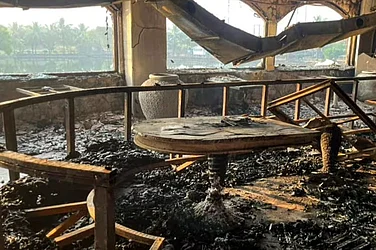The Allahabad High Court on Thursday dismissed a petition by a Bharatiya Janata Party functionary seeking a “fact-finding inquiry” and the opening of 22 rooms in the Taj Mahal to see "the truth, whatever it is".
A day before the High Court’s decision, BJP MP Diya Kumari claimed that the land on which Taj Mahal is built belonged to the Jaipur royal family and that the Mughal emperor Shah Jahan had “occupied” it. Kumari is a member of the erstwhile royal family of Jaipur.
This is not the first time that such claims have been made about the Taj Mahal. Right-wing Hindu organisations and revisionist history writers have claimed in the past that Taj Mahal was a Hindu temple. Historians have, however, not found merit in these claims.
Here are the various theories and myths associated with the Taj Mahal and what experts have said about them.
Claim 1: Shah Jahan ‘occupied’ Taj’s land
Outlook reported earlier this week that experts have junked the claim.
Historian Rana Safvi shared copies of royal orders from Shah Jahan to Raja Jai Singh on social media and wrote that four havelis were given to Jai Singh in lieu of the land on which Taj Mahal was built.
Claim 2: Taj Mahal was a Hindu temple
Hindu right-wing groups and revisionist history writers have claimed that Taj Mahal was actually a Hindu temple named “Tejo Mahalaya”.
These claims are rooted in PN Oak’s book Taj Mahal: The True Story. Oak, also the founder of the Institute for Rewriting Indian History, wrote in the book that the word Taj Mahal has been corrupted from “Tejo Mahalaya”.
Oak claimed that it was “perhaps built in the 4th century to serve as a palace” and was completed in 1145 AD by one Raja Paramardi Dev.
The Taj Mahal is not the only monument to see Oak’s revision. He also claimed Lucknow’s Imambaras are Hindu palaces and Delhi’s Red Fort is Hindu Lalkot.
These claims have been junked by both the Union government and the Archaeological Survey of India. The Narendra Modi government told Lok Sabha in November 2015 that there was no evidence to suggest that Taj Mahal was a temple. In 2017, the ASI told an Agra court that it’s a tomb, not a temple.
Claim 3: Shah Jahan chopped off hands of those who built Taj
It’s a popular belief that Shah Jahan chopped off the hands of workers who built Taj Mahal, so that they could never build anything similar to the Taj.
There is no historical evidence to back the claim. On the contrary, there is evidence that several people involved in the construction were well-respected at the time and enjoyed royal patronage. The records from the time list 37 architects who worked on the Taj Mahal.
Manimugdha Sharma, the author of Allahu Akbar: Understanding the Great Mughal in Today's India, wrote in an article for The Times of India, “The fact remains that after finishing the Taj, Shah Jahan’s workers built for him a whole new imperial city called Shahjahanabad in Delhi. It would have been well nigh impossible to maim thousands of expert artisan and find replacements to work on another equally grand project in such a short time.”
(With PTI inputs)


























